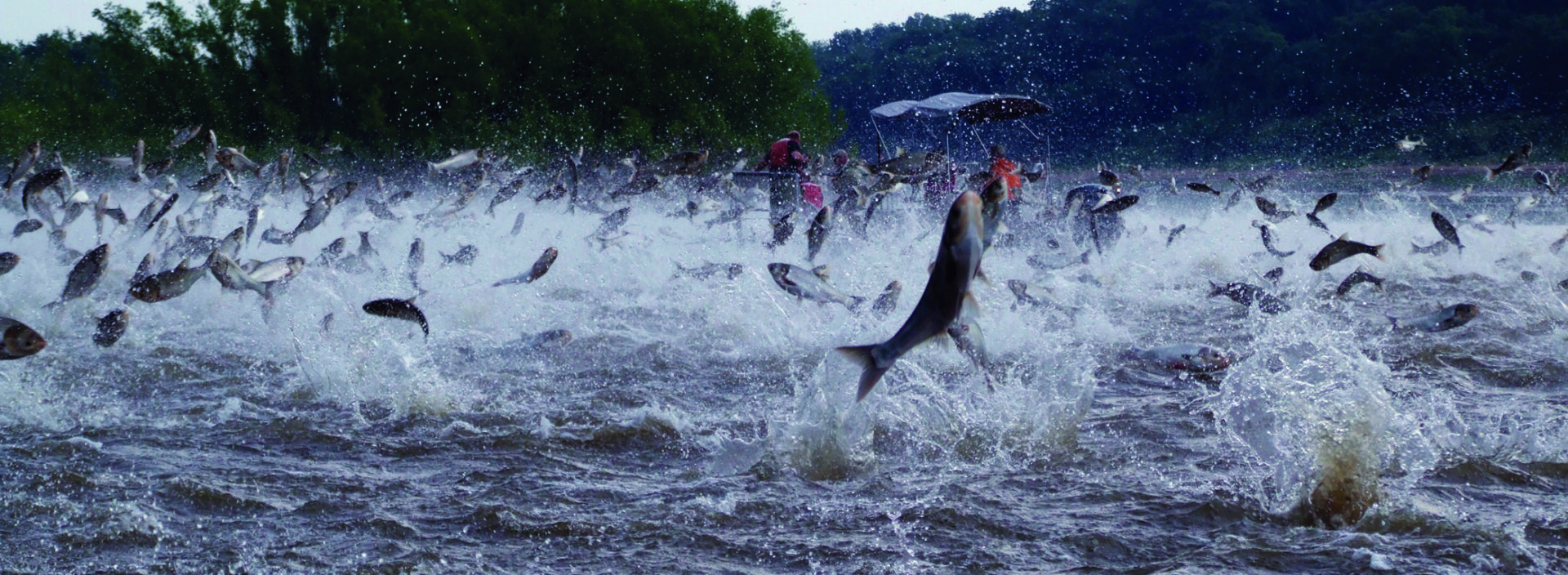[su_row]
[su_column size=”1/2″ center=”no” class=””] [/su_column]
[/su_column]
[su_column size=”1/2″ center=”no” class=””] [/su_column]
[/su_column]
[/su_row]
Where did Eurasian watermilfoil come from?
- Eurasian watermilfoil was introduced to the United States in the 1940s as a decoration in aquariums. It may have been dumped into a lake or pond which started the spread.
- It is native to Europe, Asia and North Africa.
Why is it a problem?
- Eurasian watermilfoil grows so fast that it can reduce the amount of light in a lake or pond, and this will shade out the other native aquatic plants.
- Dense beds of Eurasian watermilfoil create more hiding spaces for the small fish, so they are harder for the larger fish to catch. When there are lots of little fish, they may not have enough to eat so they stay small, called stunting.
- Eurasian watermilfoil can reproduce very fast, and all it takes is a two-inch fragment of a broken stem to start a new plant.
What does it look like?
- When removed from the water, Eurasian watermilfoil is limp and soft, while northern watermilfoil, which is a native plant, is hard and bristly
- Eurasian watermilfoil has 12-21 leaflet pairs, while northern watermilfoil only has 5-10 leaflet pairs.
How do we control it?
- The northern watermilfoil weevil usually eats northern watermilfoil, but it likes Eurasian watermilfoil much better.
- Herbicides can be used, but they will also kill the native plants.
- It can also be cut, but all of the plant must be removed from the water or it will come back very fast. All it takes is a fragment of a stem to spread.
- Inspect boats, trailers, motors, and nets for Eurasian watermilfoil.
- Never transport bait or water from one lake to another.
- Learn to identify Eurasian watermilfoil.


